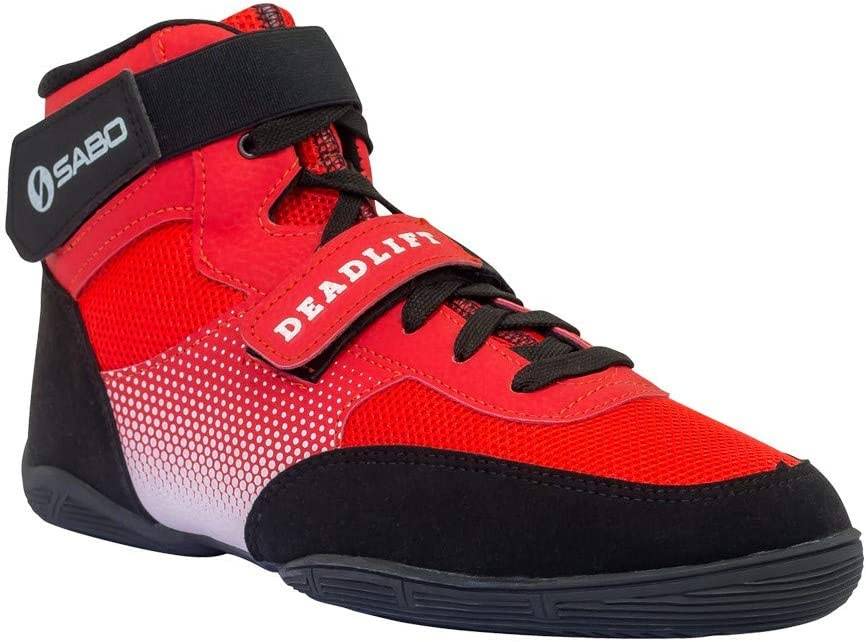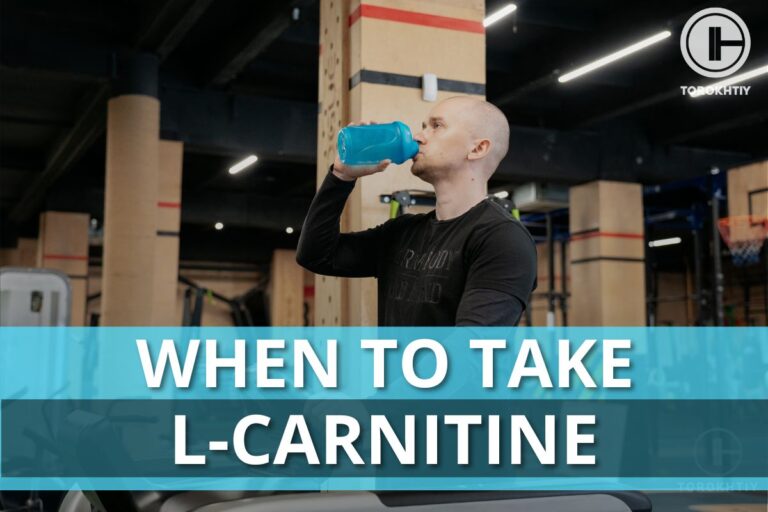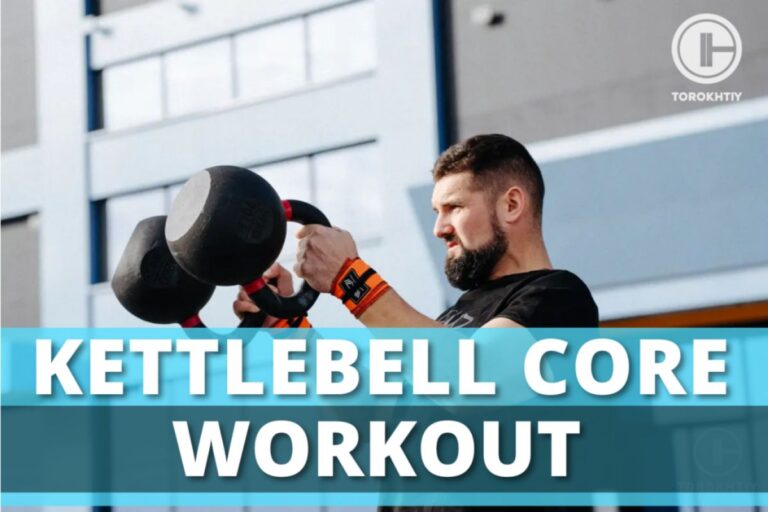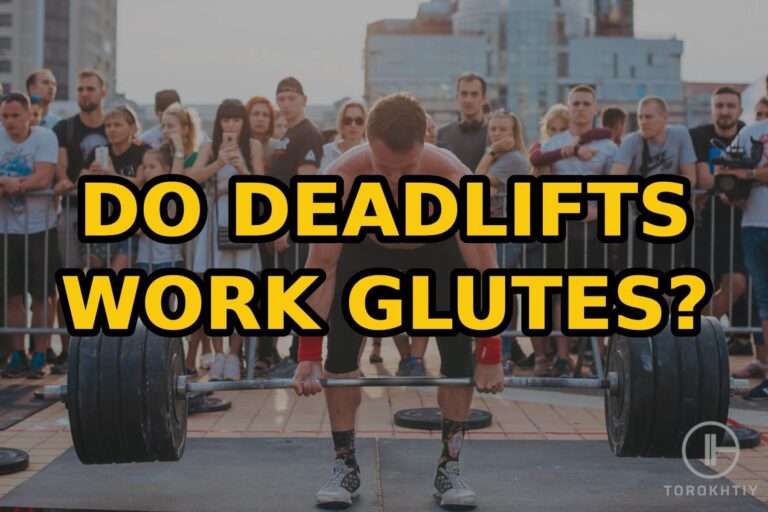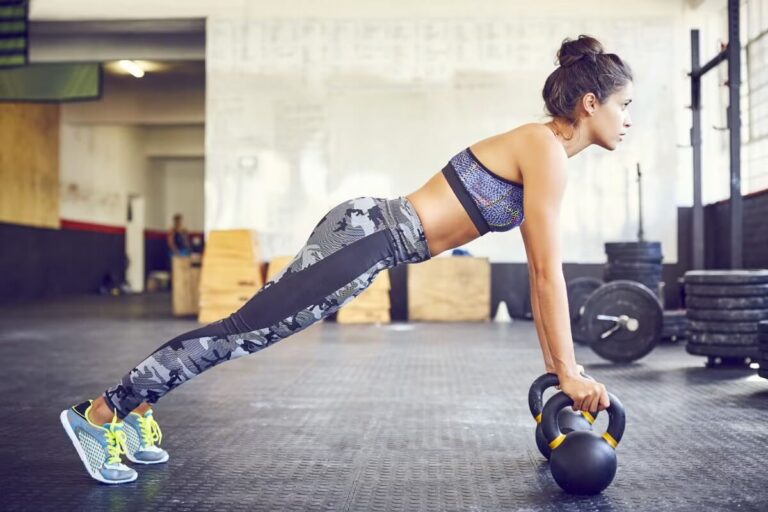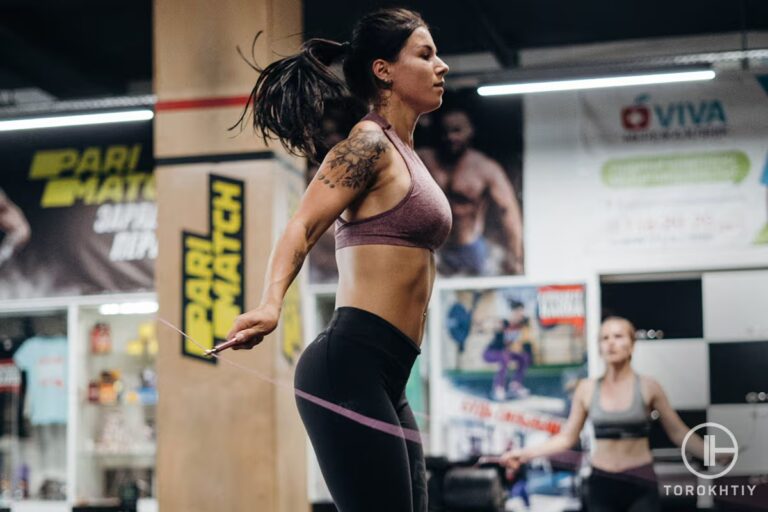Barefoot Deadlift: Everything You Need to Know
Many beginners at the gym often ask, “Why do people deadlift barefoot?”. That’s because they see fitness influencers and powerlifters online do it, and it gets them to wonder what the benefits of deadlifting without shoes are. In most cases, it also inspires them to wonder, “Should I deadlift barefoot? Will it help me get better results?”. Answering these questions is not as easy or as straightforward as it might seem, so we’re dedicating an entire article to it.
In it, we will talk about deadlifting in weightlifting shoes and barefoot, the pros and cons, and why so many online people prefer to deadlift barefoot. So without wasting any more time, let’s get started.
The biggest benefit of the barefoot deadlift is the added stability and balance that allow the lifters to push away from the ground and use maximum force.
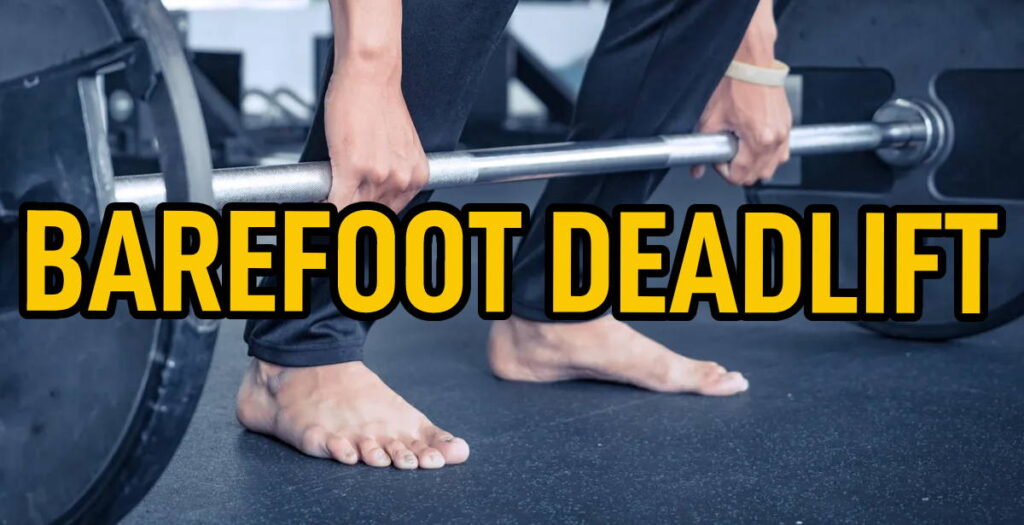
Are Shoes Necessary for Deadlift? And What Is Barefoot Deadlift?
Before answering the question, “Should you deadlift barefoot?” we must first talk about what deadlifting without shoes is and why so many people do it. Apart from some very specific scenarios, depending on whether you do the deadlift with or without shoes is entirely up to you and the goals you aim to achieve with your training sessions. The reality is that if you’re a casual gym-goer, you can do the deadlift barefoot (without special gear), and it won’t cause injuries, sabotage your form or lead to you being able to lift less weight.
Typically, one of the reasons why people choose to deadlift in their socks is comfort. As you already know, in the gym, people often wear running shoes – those have a lot of cushioning and feel nice to wear when you do cardio, work on the machines, or do abs. However, when it comes time for heavy squats and deadlifts, their instability is uncomfortable as it causes you to rock back and forth. In turn, this leads to an incorrect form for deadlifting and squats, which is why people prefer to take their running shoes off just for the deadlift and the squats. Instead of bringing several pairs of shoes to the gym, you can wear just one and do the heavy weightlifting in your socks or barefoot.
With that said, there are more benefits that come from deadlifting barefoot, and we will take a more detailed look at them in the next paragraphs.

Benefits Of Deadlift Barefoot
Convenience is one of many reasons why people deadlift barefoot. In fact, there are several key benefits of doing the exercises in your socks. Let’s take a look.
Better Balance
When you deadlift barefoot, you get more connected to the floor, which helps you find a better balance, when performing the movement, especially with heavy weight. Typically, during the deadlift, you should feel completely balanced over the mid-part of your foot. In order to be able to lift more weight, you need to avoid rocking back and forth or to the side when deadlifting; otherwise, you might not feel confident putting more plates on. Additionally, when rocking happens, it gets your body to move in different directions, causing an inefficient bar path.
On the other hand, when you’re barefoot, you can feel any of the micro-movements between the ground and your foot. For example, if you’re wearing running shoes, you will feel instability due to the natural curvature of the shoe, and it will be almost impossible to find your balance. It might be easy when you’re not lifting a ton of weight, but as you increase the load, maintaining proper form will become extremely difficult. However, when you’re barefoot and feel the ground beneath you, you can make small changes to ensure maximum stability as you lift the weight off the ground. Professional lifters also cue themselves to push the floor away, off the ground, in order to generate more force.
More Hip Engagement
Deadlifting barefoot enables you to engage your hip extensor muscles, such as the adductor and the glutes, instead of putting all of the load on the quads. For example, when you sneakers, deadlift with running shoes, or just casual sneakers, you will feel your shoe shifting your balance forward. When that happens, it causes the demand to shift from your hip extensors to your knee extensors, making your quads work harder.
Now, don’t get us wrong; your quads should be engaged in the deadlift. However, you want to maintain a balance between the knee and hip extensors instead of shifting all of the loading demands to one or the other.

Improved Force Transfer
A lot of the training shoes on the market have either air or gel-based sole – just think of the classical running model from Nike or Asics. That’s because those trainers are designed either specifically for running or cross-training activities, not for strength training. Their goal is to absorb the force that occurs when you make contact with the ground, like what happens when you spring, jog, or jump. However, when it comes to weightlifting exercises such as the deadlift or the squat, it can feel like you’re trying to lift the weight while standing on a gigantic marshmallow.
When weightlifting, your goal is to have the best possible transfer of force between you and the floor, and the barefoot deadlift allows you to do just that. Because of the solid contact with the ground and the stability you feel, you can safely push off the floor and use the entire force you have to lift the barbell up.
You Have a Shorter Range of Motion
For powerlifters; the goal is to lift as much weight as possible, using any and all benefits that you can get. Essentially, if you get a shorter range of motion, you’re required to do less work. That’s because your work is measured by the distance multiplied by the force, meaning that if you apply the same amount of force over a shorter distance, you will have performed less work.
As we already mentioned, most gym shoes tend to have a thick soles. It typically ranges between 0.5 to 1.5 inches. That means that when you’re deadlifting in them, you’re required to pull the bar those extra inches. Now, this might not sound at all important or significant to just the average gym-goer, but if you’re a lifter looking for results, then this small advantage is something you will want to have.

Drawbacks To Deadlifting Barefoot
Now, there are two sides to every coin, and deadlifting barefoot also has some drawbacks that we need to mention.
It’s Unsanitary
If you train at a public gym or a fitness, performing the deadlift completely barefoot and even in socks is unsanitary. If you do it with your skin touching the ground, you’re exposing yourself to all sorts of bacterial and fungal hazards. And if you’re doing it with your socks on, you might have to buy new pairs every other week as they will get dirty and worn out.
No Ankle or Arch Support
Depending on your feet, deadlifting barefoot might even feel more uncomfortable than if you do so with running shoes. That particularly applies to people who have high arches or weak ankles, as the pressure from deadlifting might make them feel pain due to the lack of support they typically get from their shoes. In fact, lifters that have any foot-related orthopedic requirements find it best to train with shoes that are specifically created to tackle their issue and that are made for weightlifting.

Risk of Injuries
It’s clear that weightlifting always presents the chance of getting injured – that applies to all sorts of physical activities. However, one of the biggest issues with deadlifting barefoot is the risk of you accidentally dropping the heavy barbell on your feet. Even if you do your best to protect yourself, there’s still the off chance that the barbell or the plate slips away from you and lands on your toes – an experience that is not only painful, but can also lead to injuries.
🔻12-Week Deadlift Strength Program by Oleksiy Torokhtiy
Unlock your true potential with our Deadlift Strength Program!
Designed for athletes by 2-time Olympian Oleksiy Torokhtiy, this 12-week program focuses on enhancing your deadlift strength, strengthening your back and legs.
Program details:
- 12 weeks;
- 3 days / week;
- 45-120 minutes per session;
- 50+ specific exercises;
- Focus on New Result in Deadlift;
- One-time payment, no recuring payments;
- Full access to all training content.
Start now and boost your deadlift results!
Best Shoes Similar To Barefoot Deadlifting
If you want to get all the benefits of barefoot deadlifting without actually risking a bacterial infection or a broken toe – there’s an easy solution called barefoot deadlift shoes. Below, we will recommend two options for deadlifting shoes – one classic pair and one that’s more focused on creating that barefoot feel.
Good Shoes to Deadlift In – Sabo Deadlift Shoes
The Sabo Deadlift Shoes have a cult following among Olympic weightlifters and powerlifters – and that’s for a good reason. They’re flat to the ground and provide great traction with the floor thanks to their super thin rubber sole. Additionally, they have straps that enable the lifter to create the best possible fit and to get ankle and heel support as well. Unlike slippers with these shoes, there’s extra support on the outsole that allows the lifter to comfortably spread the floor without slipping or their feet rolling.
Flat Shoes for Deadlifting – LiftingLarge Black Ground Lock Deadlift Slippers
Now, wearing slippers for weightlifting might sound funny, but it’s the closest you can get to barefoot lifting without actually being barefoot on the ground. These shoes are typically used by powerlifters and are approved for professional use. They have two straps that help tighten and secure the foot and a rubber sole that enables traction with the floor and protects the upper ends of your toes.
FAQ
Is It Better to Deadlift Barefoot or in Socks?
When it comes to form, there’s not much difference between deadlifting barefoot or in socks. As long as the surface isn’t slippery, both options are great for providing more balance and allowing you to push off the floor with maximum strength.
Can You Wear Olympic Weightlifting Shoes When Deadlifting?
You can, but it’s best to avoid it. Olympic weightlifting shoes tend to have a raised sole, and in that way, they’re similar to running shoes when it comes to deadlifting. With them, you will feel a forward pull, causing you to use your quads more, and you will also feel more unstable during the lift, meaning that the force you’re able to generate will be compromised.
Is Barefoot Deadlift Allowed in Competitions?
In powerlifting competitions, you’re not allowed to deadlift or squat barefoot – you must have shoes on. That is why many of the lifers who train barefoot prefer to compete in deadlift slippers.
Conclusion
Choosing whether to do the deadlift barefoot, with specifically designed for that purpose shoes or casual trainers, depends largely on your goals and how often you deadlift. For the casual gym-goer that isn’t looking to lift a lot, using their normal trainers or lifting in just socks is good enough.
However, if you’re looking to compete in powerlifting or you’re working to improve your lifting numbers, you should consider switching to deadlifting shoes.
If you want to share your experience with barefoot deadlifting or you have a question for us, please share it in the comment section below.
Also read:
- Deadlift Sets and Reps
- Rounded Lower Back Deadlift
- Where Should You Feel a Deadlift
- Why Sumo Deadlift Is Cheating
- Average Deadlift
- Why Is Sumo Deadlift Easier
References:
- Ways to Improve Your Balance // WebMD:
https://www.webmd.com/fitness-exercise/ss/slideshow-ways-to-improve-balance - 8 Benefits of Deadlifts You Probably Never Knew About // healthline: https://www.healthline.com/health/fitness/deadlift-benefits
Why Trust Us?
With over 20 years in Olympic Weightlifting, our team does its best to provide the audience with ultimate support and meet the needs and requirements of advanced athletes and professional lifters, as well as people who strive to open new opportunities and develop their physical capabilities with us.
By trusting the recommendations of our certified experts in coaching, nutrition, dietology, and sports training programming, as well as scientific consultants, and physiotherapists, we provide you with thorough, well-considered, and scientifically proven content. All the information given in the articles concerning workout programming, separate exercises, and athletic performance, in general, is based on verified data. We ensure that you can rely on our professionals’ pieces of advice and recommendations that can be treated as personalized ones which will benefit you and fully meet your needs.
The product testing process is described in more detail here
Author: Sergii Putsov
Head of Sport Science, PhD
Best Results: Snatch – 165 kg,
C&J – 200 kg
Sergii Putsov, Ph.D., is a former professional weightlifter and National team member, achieving multiple medals in the 94 kg weight category at national competitions. With a Master’s degree in “Olympic & Professional Sport Training” and a Sport Science Ph.D. from the International Olympic Academy, Greece, Sergii now leads as the Head of Sport Science. He specializes in designing training programs, writing insightful blog articles, providing live commentary at international weightlifting events, and conducting educational seminars worldwide alongside Olympic weightlifting expert Oleksiy Torokhtiy.


